The present work renders an account of my knowledge of the archaeological sources of Bankura and its adjoining areas from the earliest times to the 13 century AD. It does not pretend to be more than a stocktaking of my incomplete evidence and interpretations and should be treated as a preliminary work as well as an incentive for further works in this field. Some form of working hypothesis is essential which may have to be drastically revised, and I have therefore, tried to indicate simply, what seems to me the nature and succession of the various human cultures that unfolded an evolving pattern signifying a micro-region, i.e. present Bankura from the prehistoric times till the 13 century AD. The present archaeological database has provided essential guidelines for investigating Bankura’s past, but by its very nature, archaeology is insufficient, and perhaps does not fully permit in monitoring the range of variables characterizing human settlements and their activities.
The apparent merging or convergence of two enduring interests-an inclination to explore the archaeological beginnings of Bankura and my commitment to the subject and the present investigation have come together in making this study. Much of the present database is either new (collected or recorded through my field work/fieldwork) and hitherto unpublished data, or is a synthesis made for the first time of earlier investigations and the present one. The major part of the groundwork of the present study, i.e. my field investigations were undertaken during the period spanning from 1980 to1985. This study is addressed to the non-specialist readers, and of course, to introduce to the scholarly world, the beginnings of the archaeology of Bankura. The prime objective lies in synthesizing information gathered through extensive field work and examining them along with already published materials. It is a monumental task and requires much longer duration of field work than what I haven been able to do. The conclusions obtained may therefore be considered as interim.
Bankura, by virtue of her geo-physical position (bridging the eastern Indian plateau i.e., the Chhotanagpur region with the great North Indian Plains of the Ganga Valley), enjoys a unique status, quite different from the other parts of West Bengal. Hence, the cultural economic and historical dimensions of the region were essentially moulded by the plateau-plain relationship.
From the beginning of the twentieth century, there has been a series of archaeological researches on particular terrains especially along the river courses of Bankura as well as other parts of West Bengal, where chance discoveries yielded important database. They have contributed to the understanding of the geo-stratigraphic characteristics of the region concerned. However, there is no uniformity in either their approaches or in their methods of analysis. Geological and anthropological approaches involved in the researches on the prehistory of the region certainly laid the foundation of science based field archaeology. Lack of unanimity is also noticed in the wide range of views expressed by scholars while interpreting the epigraphic and numismatic evidence of the region concerned. In the present context, the Sunsunia inscription is the only epigraphic evidence and it has been variously interpreted by several historians. A systematic study of the diverse sculptural and architectural evidence has not yet been done. Detailed excavation reports of two major sites (Pakhanna and Dihar) in the study area are yet to be published. So far as historical records are concerned their readings are conjectural and one cannot rule out the element of bias. Thus, hypotheses and incomplete evidence veiled the perception of the true cultural matrix of the region.

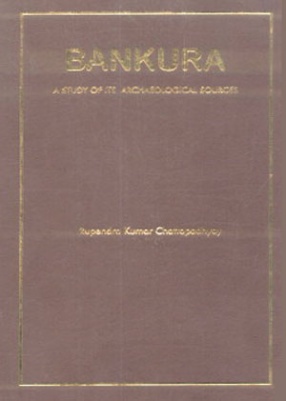
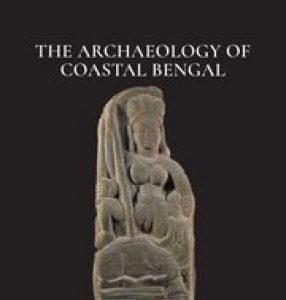
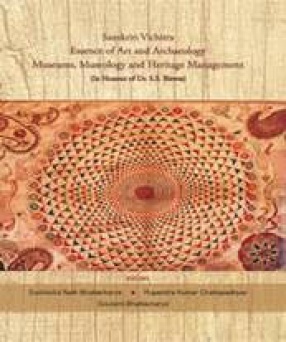
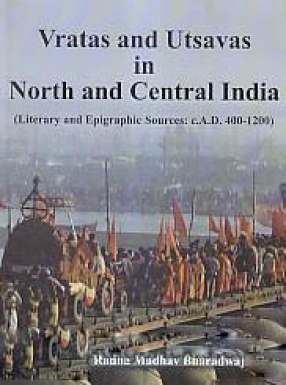
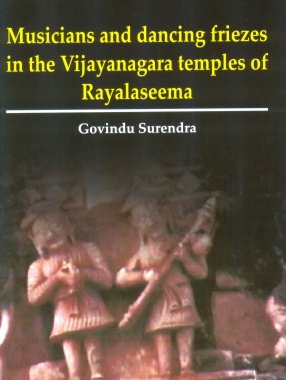
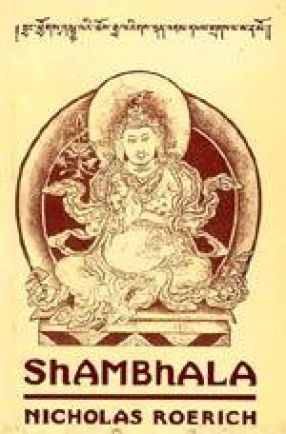
There are no reviews yet.